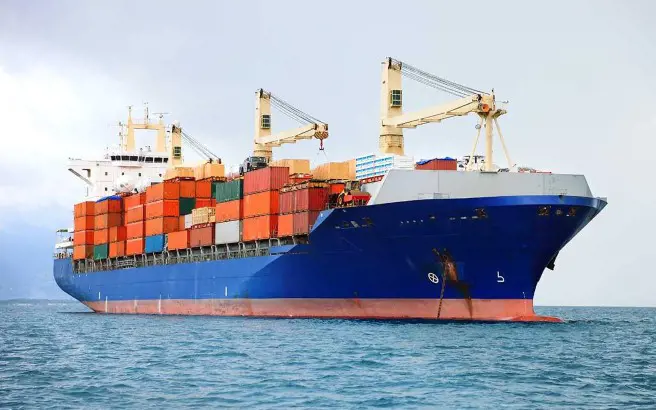It looks like you are coming from United States, but the current site you have selected to visit is Guinea-Bissau. Do you want to change site?
- Sign In
- Register
- Solicitar informações
- Encontrar uma localização
-
Enable high contrast mode
-
- Select language
- Algeria
- Angola
- Anguilla
- Antigua and Barbuda
- Argentina
- Australia
- Austria
- Azerbaijan
- Bahamas
- Bahrain
- Barbados
- Belgium
- Belize
- Benin
- Bermuda
- Bolivia
- Botswana
- Brazil
- British Virgin Islands
- Bulgaria
- Burkina Faso
- Burundi
- Cabo Verde
- Cameroon
- Canada English
- Canada Français
- Cayman Islands
- Central African Republic
- Chad
- Chile
- China
- Colombia
- Comoros
- Congo
- Congo, Republic of the
- Costa Rica
- Cote d'Ivoire
- Croatia
- Czech Republic
- Denmark
- Djibouti
- Dominican Republic
- Dominicana
- Ecuador
- Egypt
- El Salvador
- Equatorial Guinea
- Eritrea
- Eswatini
- Ethiopia
- Europe
- Finland
- France
- Gabon
- Gambia
- Germany
- Ghana
- Greece
- Grenada
- Guadeloupe
- Guatemala
- Guinea
- Guinea-Bissau
- Guyana
- Haiti
- Honduras
- Hong Kong
- Hungary
- India
- Indonesia
- Iraq
- Ireland
- Israel
- Italy
- Jamaica
- Japan
- Jordan
- Kazakhstan
- Kenya
- Korea
- Kuwait
- Lebanon
- Lesotho
- Liberia
- Libya
- Lithuania
- Madagascar
- Malawi
- Malaysia
- Mali
- Martinique
- Mauritania
- Mauritius
- Mexico
- Mongolia
- Montserrat
- Morocco
- Mozambique
- Namibia
- Netherlands
- New Zealand
- Nicaragua
- Niger
- Nigeria
- Norway
- Oman
- Panama
- Paraguay
- Peru
- Philippines
- Poland
- Portugal
- Puerto Rico
- Qatar
- Romania
- Rwanda
- Saint Kitts and Nevis
- Saint Lucia
- Saint Vincent and the Grenadines
- Sao Tome and Principe
- Saudi Arabia
- Senegal
- Seychelles
- Sierra Leone
- Singapore
- Slovakia
- Somalia
- South Africa and Sub-Saharan Africa
- South Sudan
- Spain
- Sudan
- Sweden
- Taiwan
- Tanzania
- Thailand
- Togo
- Trinidad and Tobago
- Tunisia
- Turkey
- U.A.E
- U.S. Virgin Islands
- Uganda
- Ukraine
- United Kingdom
- United States
- Uruguay
- Uzbekistan
- Venezuela
- Vietnam
- Yemen
- Zambia
- Zimbabwe
Ballast Water

Ballast water treatment – stabilizing ocean ecosystems
For over a century, ships have used water as ballast to provide stability, making ballast water essential to safe and efficient shipping. However, ballast water transports a vast number of aquatic species, including microbes, bacteria, small invertebrates, and algae, as well as the cysts, larvae, and eggs of larger species. When these organisms are discharged with the ballast water into new environments, they are considered aquatic invasive species (AIS). Introduction of invasive species can devastate the local marine ecosystem, causing loss of biodiversity, and even extinctions of native species.
AIS are not just hazardous to the ecosystem. Pathogens carried in ballast water are believed to have caused some cholera outbreaks, costing thousands of lives and many toxic algae blooms appear to be linked to the introduction of non-native algal species through ballast water discharges. AIS carried in ballast water have been implicated in the collapse of fisheries, the devastation of shellfish regions, and toxic conditions on beaches. AIS cost world economies billions of dollars each year. In fact, the spread of invasive species ranks as one of the top four greatest threats to the world’s oceans.
Solicitar informação
Quer pretenda obter informações adicionais ou esteja interessado em obter uma cotação, estamos aqui para ajudar.
All fields required.
Looks like you are offline, your form will be sent as soon as you get back online.
- Política de privacidade
- Termos e condições
- Actualizar preferências
- Copyright 2025 Xylem. All Rights Reserved.


